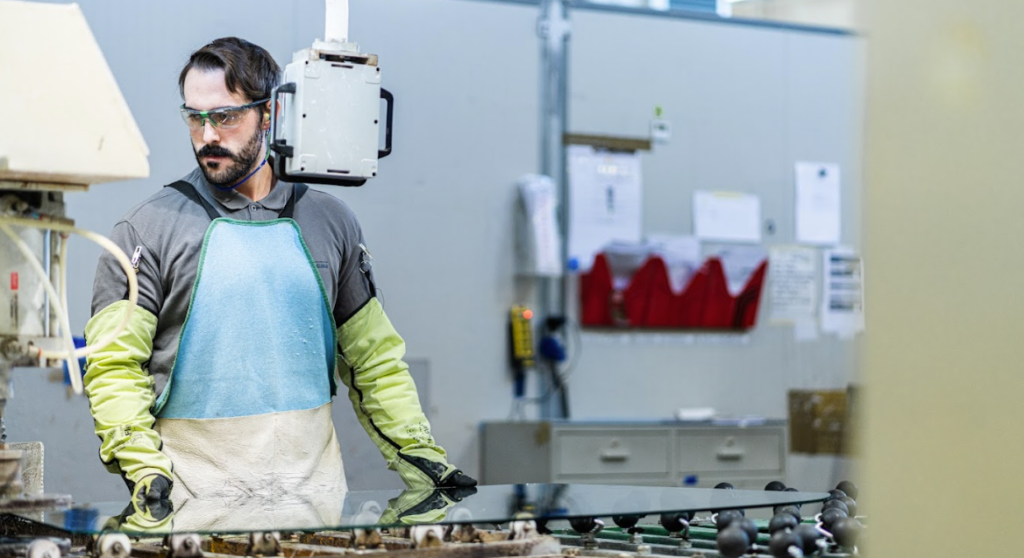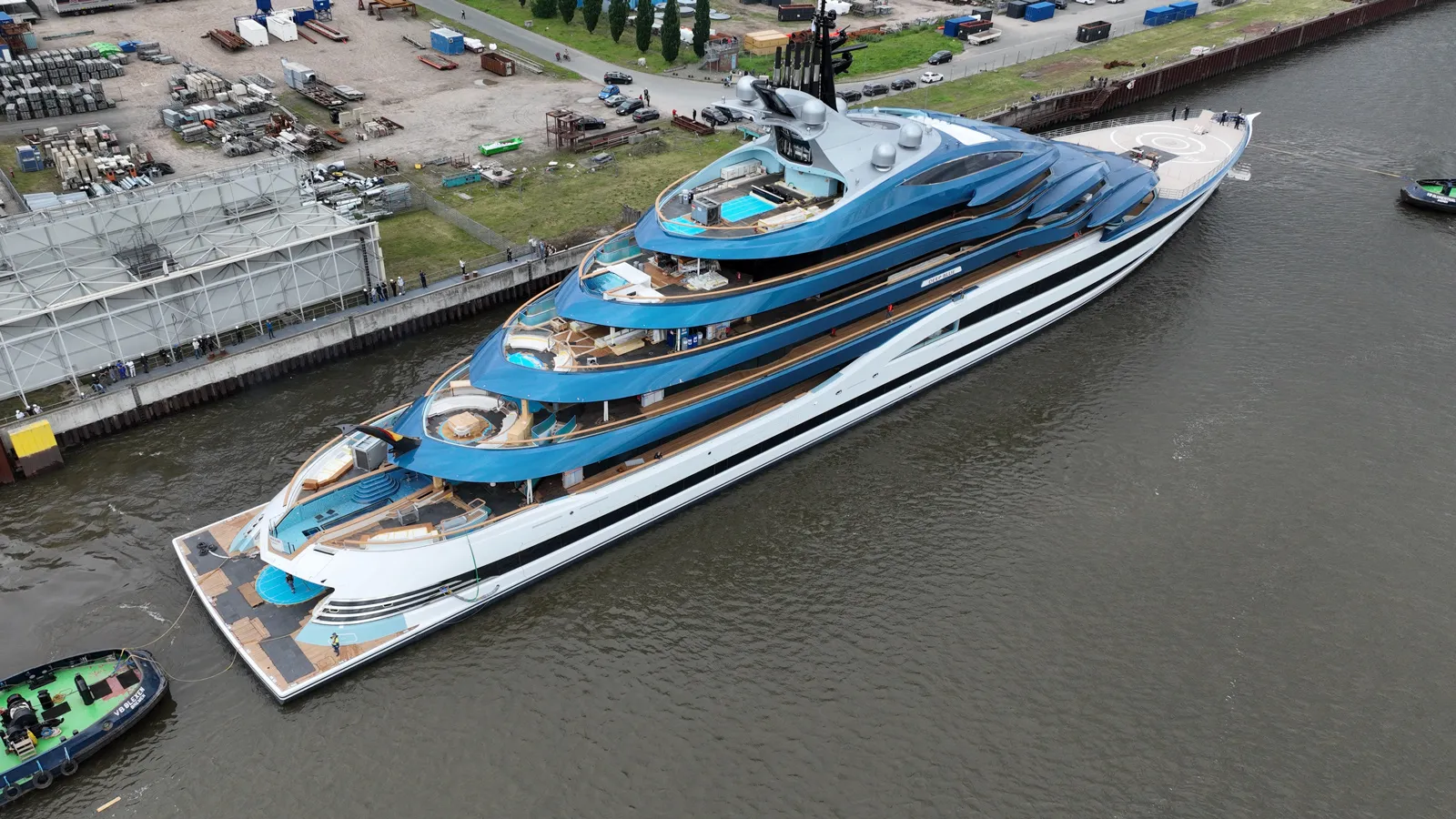
Isoclima
23/02/2022
Share this post

They meet the most diverse needs thanks to their versatility and innovative technology, and they are highly sought after in the market. Multilayer panels have specific sizes and characteristics to provide customers with a product capable of meeting protection requirements ranging from the simplest to the most complex.
Such as? Protection from sunlight or external hazards is the most “basic” one. Solutions for shielding against electromagnetic interference, firearm attacks, or explosions are the most complex and specialized. Depending on the client’s requirements, a specific manufacturing process is carried out for the intended use of the panel.
Many products, one principle: technology and reliability
Every Isoclima-branded product is designed, developed, and manufactured following a principle that blends technology with reliability at every stage. In addition to this, our products offer a high level of customization, such as the size of multilayer panels, whose dimensions are naturally based on customer requirements. The multilayer panel consists of a float or Gorilla glass sheet with plastic films (PVB, polyurethane) and contains a combination of glass, polycarbonate, and the aforementioned plastic films. Based on customer requests, we incorporate films or metallic coatings to reduce the impact of solar radiation and/or electromagnetic interference. What determines the composition of the panel? The required security level, based on the potential threats faced by people inside the building. As a result, the panel serves various functions: it can be designed to protect against bullets or potential attacks and explosions.
How a multilayer panel is developed
The lamination of multilayer panels takes place in clean rooms with precise temperature and humidity control. The function of the clean room is to ensure defect-free products with excellent lamination reliability. Not only can the sizes of multilayer panels be customized, but they can also take various shapes, such as spherical, cylindrical, conical, flat, and more. During the lamination phase, certain technical requirements can be tailored depending on the final application. The lamination is performed in an autoclave, where specific heat and pressure are applied to each type of multilayer panel, a choice made based on the intended use conditions. The construction of multilayers is studied and certified according to their application needs. The main ones are:
- Thermal insulation
Solar control & UV/IR radiation filtering
Acoustic insulation
Decoration and design
To manufacture a multilayer panel, we can use either chemical tempering or thermal tempering, both of which further enhance mechanical resistance. One of our top products is Omnilite®, chosen as the glazing solution for the Italian Embassy in the United States. Transparency, strength, and lightness beyond any other product.


